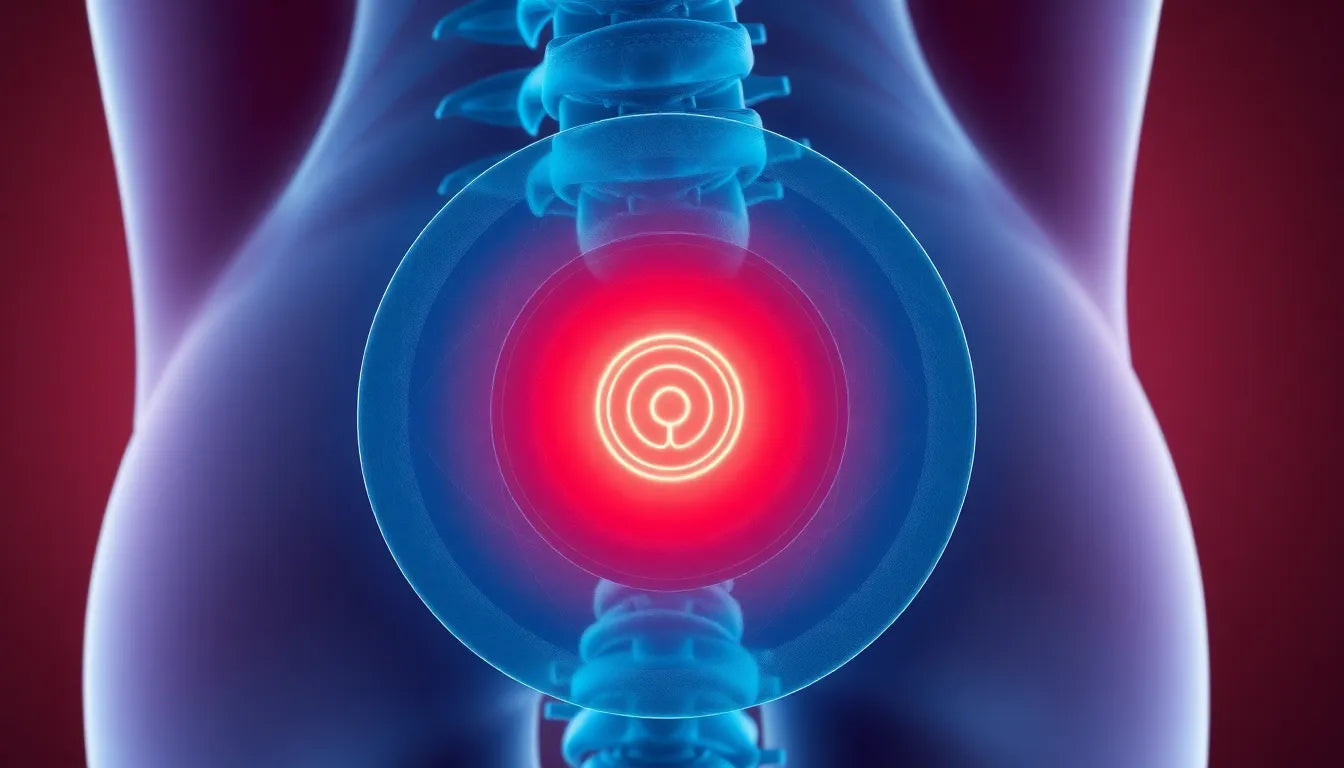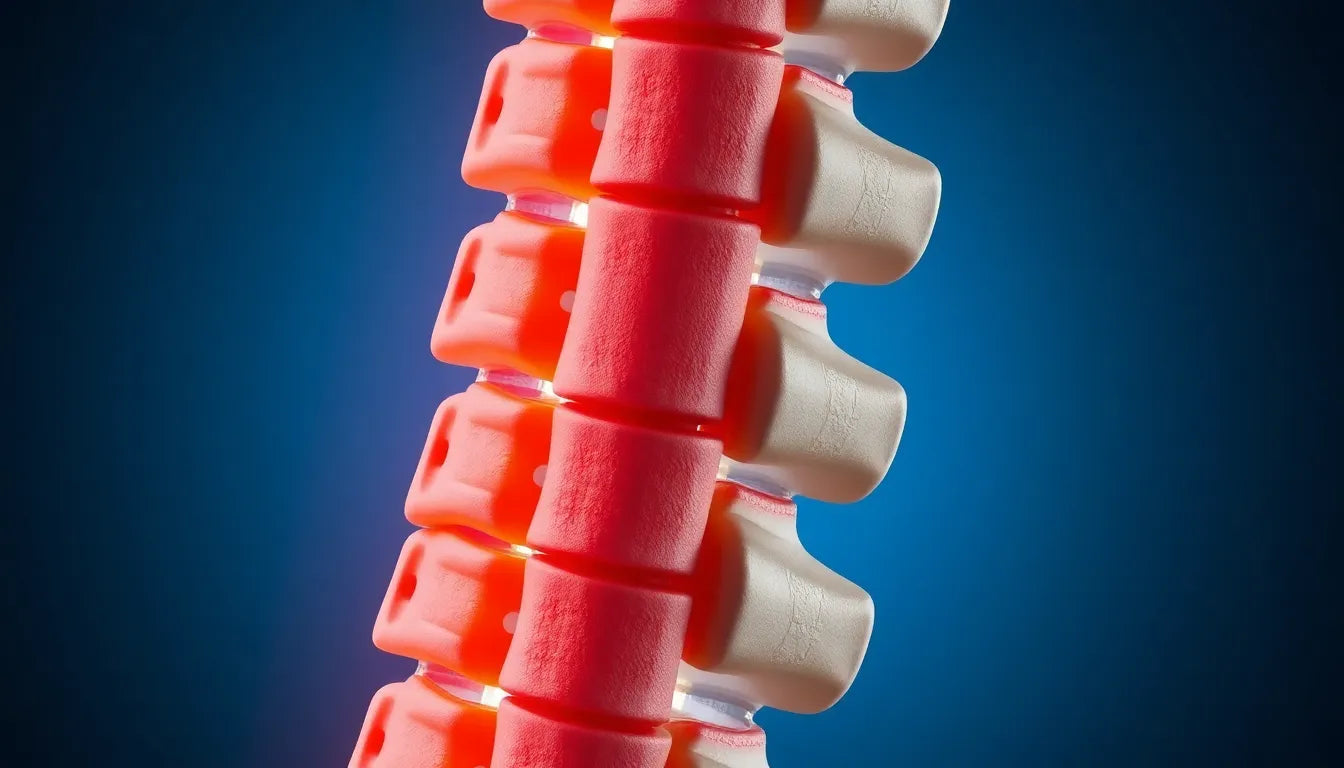Understanding the intricacies of a herniated disc is crucial for anyone experiencing lower back pain. A herniated disc occurs when the soft inner gel of a spinal disc pushes through a tear in the tougher outer layer, often leading to pain, numbness, or weakness in the lower back and legs. This condition is a common culprit behind persistent lower back pain, affecting daily activities and diminishing quality of life. As discomfort grows, many individuals find themselves searching for effective solutions to alleviate their pain and regain their mobility.
For those struggling with severe or chronic pain, surgery for herniated disc in the lower back presents a viable path to relief. While traditional surgical methods have been effective, the advent of minimally invasive techniques has revolutionized the approach to spinal surgery. These advanced procedures are gaining popularity due to their ability to minimize trauma to the body, offering patients a quicker and often more comfortable recovery journey.
The shift towards minimally invasive surgery
In recent years, the medical field has seen a significant shift towards minimally invasive surgery, particularly for spinal conditions like herniated discs. This trend is driven by the numerous benefits that these advanced techniques offer. Unlike conventional open surgeries, minimally invasive procedures typically involve smaller incisions, leading to reduced scarring and less postoperative pain. Patients often experience shorter hospital stays and faster recovery times, enabling them to return to their normal activities much sooner.
Moreover, minimally invasive surgery tends to carry a lower risk of complications, such as infections and blood loss, making it a safer option for many patients. As a result, more individuals are opting for these modern surgical solutions, seeking to alleviate their pain with minimal disruption to their lives. This growing preference underscores the importance of understanding the various surgical options available and the potential benefits they offer.
As we delve deeper into the specifics of surgical options for herniated discs, it's essential to remember that each patient's journey is unique. Consulting with healthcare professionals to explore the most suitable treatment plan is a crucial step toward achieving long-term relief and improved spinal health.
overview of surgical options for herniated discs
When considering surgery for a herniated disc in the lower back, understanding the various options available is crucial. Each procedure offers distinct advantages and is tailored to address specific conditions and patient needs. Let's explore some of the most common surgical techniques.
microdiscectomy
Microdiscectomy is a popular minimally invasive procedure aimed at relieving pressure on the spinal nerves caused by a herniated disc. During this surgery, a small incision is made to remove the portion of the disc that is pressing on the nerve. This technique is renowned for its precision and effectiveness, often resulting in immediate pain relief and a swift recovery period. Patients typically experience less postoperative discomfort and can return to their daily activities relatively quickly compared to traditional surgical methods.
laminotomy/laminectomy
Laminotomy and laminectomy are procedures that involve removing part of the vertebral bone, known as the lamina, to alleviate pressure on the spinal cord or nerves. These surgeries are often recommended when a herniated disc leads to significant nerve compression. By creating more space within the spinal canal, these procedures can provide substantial relief from pain and neurological symptoms. While slightly more invasive than microdiscectomy, they are effective in cases where nerve decompression is necessary.
artificial disc replacement
Artificial disc replacement is an innovative alternative to spinal fusion, designed to maintain the natural movement of the spine. During this procedure, the damaged disc is replaced with a synthetic one, allowing for continued flexibility and motion. This option is particularly beneficial for patients who wish to avoid the limitations associated with spinal fusion. However, it may not be suitable for everyone, and potential candidates should discuss the risks and benefits with their healthcare provider.
spinal fusion
Spinal fusion is a more traditional approach that involves permanently connecting two or more vertebrae to stabilize the spine. This procedure is often reserved for cases where spinal stability is compromised. While effective, spinal fusion is more invasive and typically requires a longer recovery period. It is crucial for patients to weigh the benefits of stability against the potential loss of mobility in the affected spinal segment.
decision-making: when to consider surgery
Deciding to undergo surgery for a herniated disc in the lower back is a significant decision that should be made after careful consideration of all available options. Non-surgical treatments are typically the first line of defense and can include physical therapy, pain medication, and lifestyle modifications. These approaches aim to manage symptoms and improve quality of life without the need for surgery.
However, when non-surgical methods fail to provide adequate relief, or if symptoms such as severe pain, numbness, or weakness persist, surgical intervention may become necessary. Surgery is often considered when there is a risk of permanent nerve damage or when the patient's daily life is significantly impacted by their condition.
| Treatment | Description | Indications |
|---|---|---|
| Non-Surgical | Physical therapy, pain medication, lifestyle changes | Initial treatment for mild to moderate symptoms |
| Surgical | Microdiscectomy, laminectomy, disc replacement, spinal fusion | Severe symptoms, risk of nerve damage, failure of non-surgical treatments |
Ultimately, the decision to pursue surgery should be made in consultation with a healthcare professional who can provide personalized advice based on the patient's specific condition and overall health. This collaborative approach ensures that patients receive the most appropriate and effective treatment for their herniated disc.
Recovery and rehabilitation post-surgery
After undergoing surgery for a herniated disc in the lower back, a well-planned recovery and rehabilitation process is vital for achieving the best possible outcomes. The recovery timeline varies depending on the surgical procedure performed. For instance, patients who undergo microdiscectomy often experience a quicker recovery, typically returning to normal activities within a few weeks. In contrast, more invasive procedures like spinal fusion may require several months for full recovery.
Rehabilitation plays a crucial role in the healing process, helping patients regain strength and mobility. Physical therapy is often recommended to guide patients through exercises that enhance flexibility and support spinal health. Additionally, ergonomic aids such as supportive chairs and cushions can significantly ease discomfort and prevent strain during recovery. These tools are particularly beneficial in maintaining proper posture and reducing the risk of further injury.
For a successful recovery, patients should adhere to medical advice and gradually resume their daily routines. It is essential to avoid heavy lifting and strenuous activities until cleared by a healthcare professional. Consistent follow-up appointments and communication with healthcare providers ensure that any concerns are promptly addressed, paving the way for a smooth recovery journey.
Risks and considerations
While minimally invasive herniated disc surgery offers numerous benefits, it is not without risks. Potential complications can include infection, nerve damage, and issues related to anesthesia. However, these risks are generally lower compared to traditional open surgeries. Thorough consultation with a healthcare provider is crucial to understanding these risks and making an informed decision.
Patients should discuss their medical history, current health status, and any medications they are taking with their surgeon to minimize the likelihood of complications. This collaborative approach helps tailor the surgical plan to the individual's needs, ensuring a safer and more effective treatment outcome.
Frequently asked questions
What is the success rate of minimally invasive herniated disc surgery?
The success rate of minimally invasive herniated disc surgery is generally high, with many patients experiencing significant pain relief and improved function. Success rates can vary depending on factors such as the severity of the herniation, the patient's overall health, and adherence to post-operative care recommendations.
How long does recovery take after a microdiscectomy?
Recovery from a microdiscectomy typically takes a few weeks. Most patients can return to light activities within a few days and resume normal activities, including work, within four to six weeks. Factors such as the patient's age, physical condition, and adherence to rehabilitation protocols can influence the recovery timeline.
Are there long-term risks associated with disc replacement surgery?
While artificial disc replacement is generally safe and effective, there are potential long-term risks, including wear and tear of the artificial disc, implant failure, or adjacent segment degeneration. Regular follow-up with a healthcare provider can help monitor these risks and address any issues promptly.
Can ergonomic aids help in recovery post-surgery?
Yes, ergonomic aids can be highly beneficial in the recovery process. Products such as ergonomic chairs, lumbar support cushions, and adjustable workstations can help maintain proper posture, reduce strain on the back, and promote a comfortable healing environment.
When should I consider surgery for my herniated disc?
Surgery should be considered when non-surgical treatments fail to relieve symptoms, or if severe pain, numbness, or weakness persists. It is also necessary when there is a risk of permanent nerve damage or significant impact on daily life. Consulting with a healthcare professional can help determine the most appropriate course of action based on individual circumstances.
Sources
- Healthline. "Herniated Disc Surgery."
- HSS Spine. "Microdiscectomy."
- Johns Hopkins Medicine. "Minimally Invasive Lumbar Discectomy."
- WebMD. "Surgery for Herniated Disk."
- Spine-health. "Microdiscectomy: Microdecompression Spine Surgery Video."
- Spine-health. "Surgical Treatments for a Herniated Disc."
- Medical News Today. "Herniated Disc Surgery."



